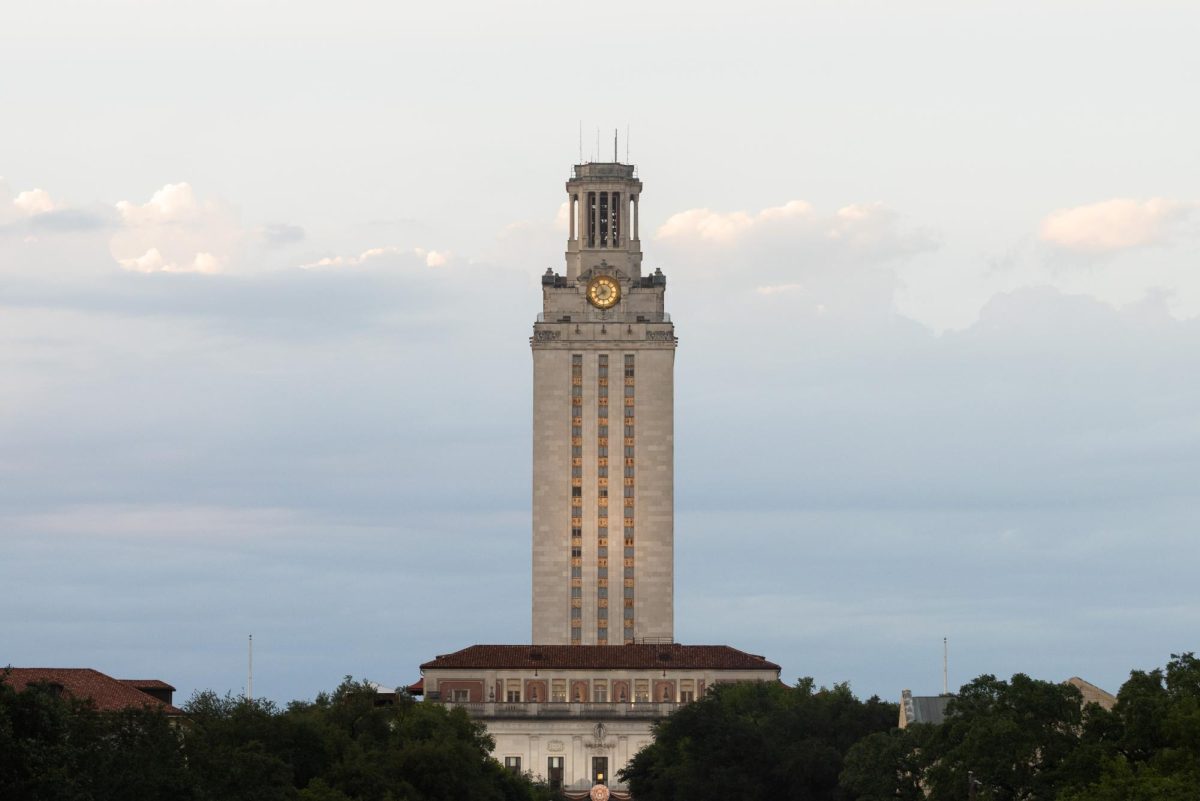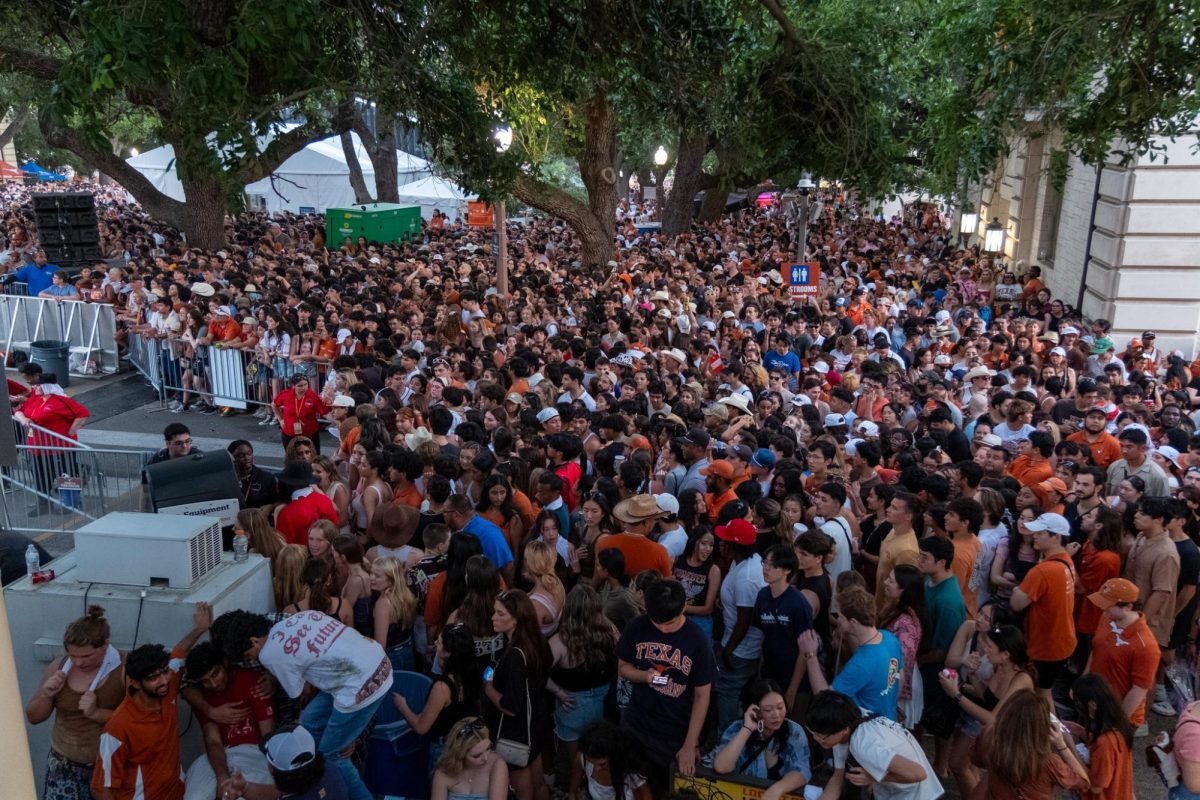The Top 10% Rule has done little to increase diversity in universities across Texas, according to new research.
The study by Daniel Klasik, an assistant professor at the University of North Carolina at Chapel Hill, and Kalena Cortes, a Texas A&M associate professor, analyzed admissions data from UT and Texas A&M from 1996 — two years before the policy went into effect — through 2016.
The Texas Ten Percent Plan guarantees automatic admission to all state-funded universities for Texas students who graduated in the top 10% of their high school class. In their April study, the authors said the Top 10% Rule was started in order to promote campus diversity and college attendance in low-income areas without using admissions policies based on race.
Under state law, UT is required to make a “good faith” effort to fill at least 75% of the spots in its freshman class available to Texas residents with automatically admitted students. In order to meet this threshold, students in the top 6% of their high school class were automatically admitted to UT in 2019, down from 7% in 2018 and 8% in 2016.
According to the study, before the 10% rule was implemented in 1998, about 40% of Texas high schools consistently sent graduating seniors to UT or A&M and another 15% occasionally saw their graduates go on to the two universities. The remaining 45% of schools had never sent any of their graduates to either school. After examining almost two decades of data after the policy took effect, Klasik and Cortes did not see much change in those statistics. This helps explain why the Top 10% Rule hasn’t increased the likelihood of black and Latinx students attending the state’s flagship schools, according to The Hechinger Report, an education publication.
“While it is certainly true that individual high schools sent students to the flagships for the first time after the percent plan began, those results were fleeting,” Cortes said in the article. “Virtually no school that had not sent students to those campuses in the two years prior to the plan established a pattern of sending students afterward.”
In the 2018 Report to the Legislature, UT wrote that the 10% rule was successful in providing an opportunity to obtain a higher education to Texas high school graduates from a variety of schools.
“UT hosts many different recruitment efforts to show students of all backgrounds that going to school here at UT is a possibility,” admissions counselor Seth Cope said in an email. “For example, Texas Student Recruiters are current students at The University of Texas at Austin that come from many different backgrounds, viewpoints, hometowns and academic interests, and are all passionate about sharing their Texas experience with prospective Longhorns.”
Cierra Rodriguez, a health and society sophomore, said UT should be using different recruiting strategies since the number of students from low-income communities attending UT is consistently low.
“Before hearing about the study, it never even occurred to me that there are high school students in Texas that have never heard of automatic admission to Texas universities,” Rodriguez said. “It would be a shame for someone to miss out on a great public education just because they didn’t know that was a possibility for them.”





















